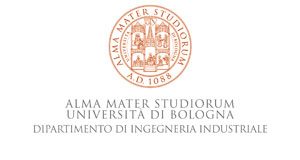The third edition of PKM will be held in Bologna
15th – 19th june 2020
Parallel Kinematic Machines
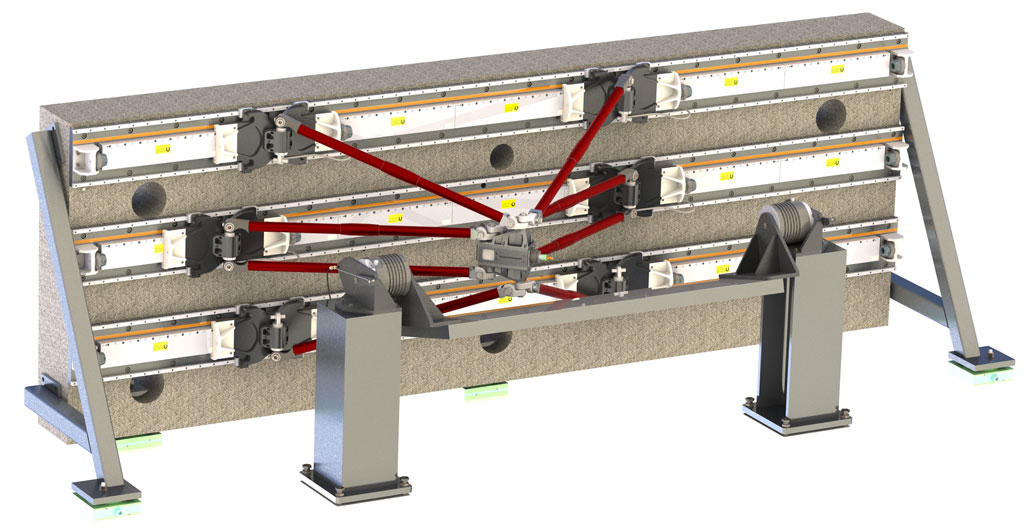
- dynamic capabilities in terms of high accelerations (up to 1000 m/s2 accelerations have been reached by prototypes, pushing the limits of the mechanics, control and actuators),
- high payloads where hexapod systems can lift today several tons and position them accurately with six degrees of freedom,
- increased stiffness.
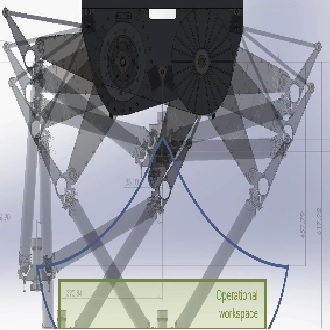
Scientific community has addressed many research topics. This work was mainly specific and as an example, we can cite in an unsorted manner: kinematics, dynamics, singularities, type-synthesis, dimensional synthesis, control, simulation, calibration, identification, design, technology, performance indices, reconfigurable devices and experiments. A good control of these points is requested to obtain a convincing running prototype with potential applications in industry as a special machine or as a commercially available product. As a short list of products that have reached the industrial market, we can mention:
- Hexapods or hexapod-like robots (also known as Gough, Stewart or Gough-Stewart platforms). Among them we can mention some products from PI, Symétrie company or Fanuc,
- Delta or Delta-inspired robots, licensed to ABB (Flexpicker) and now whose patent has entered the public domain. As a consequence, this kind of robot is available from several robot manufacturers (Fanuc, Codian Robotics, SIG Pack Systems, Panasonic…),
- Tricept (Neos Robotics) and Exechon (Exechon AB),
- Quattro (Adept).
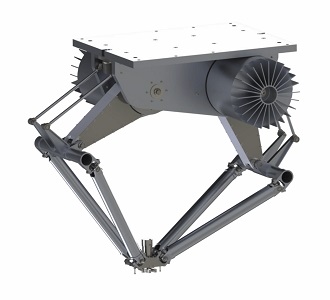
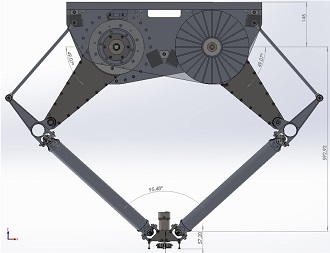
Indeed, it is worth to notice that despite the huge research effort devoted to this domain, only few products are available on the market. The main explanations lie on one hand in the fact that such robots can seem complex and require a big research investigation an on the other hand that academic research is split into specialized domains. Moreover, when prototypes or demonstrators are built, the goal is to validate theories through experiments and not to convince industrial partners for future products or applications. Nevertheless, some demonstrators are built in that way and allow meeting industrial applications. On a research point of view, theory has to face today’s state of the art technological limitations in several points like:
- Industrial control systems,
- Active and passive joints integration,
- Collision avoidance.

